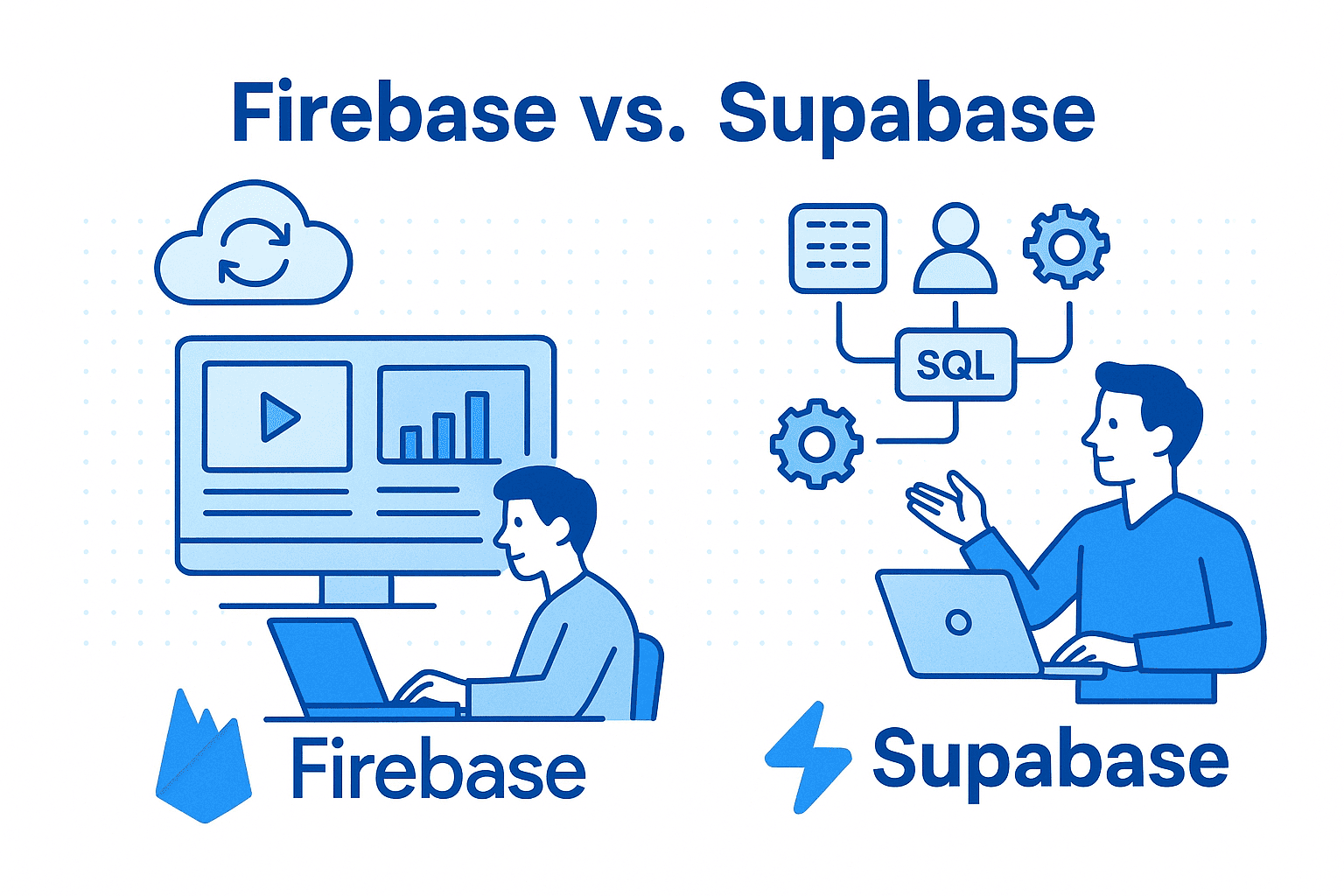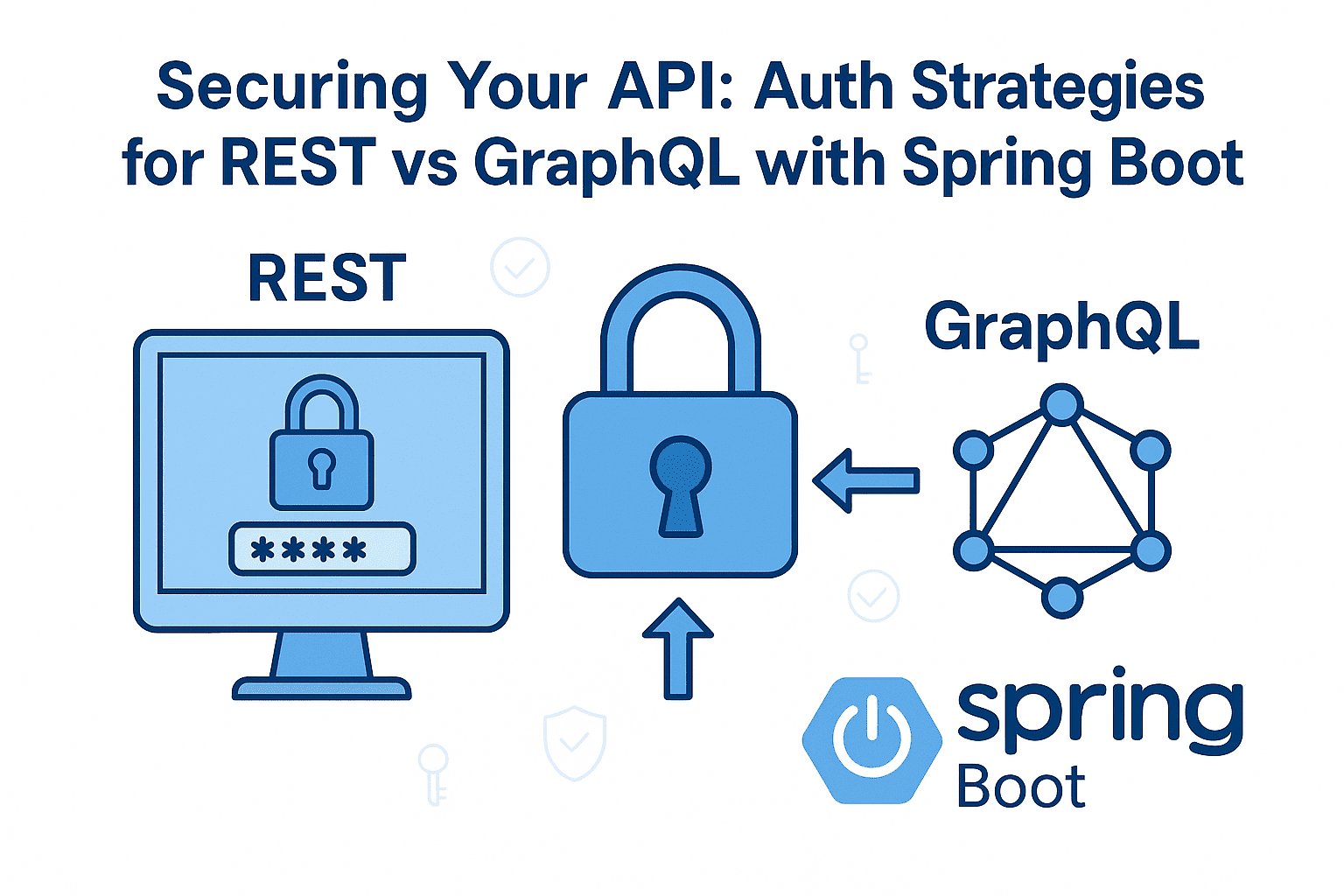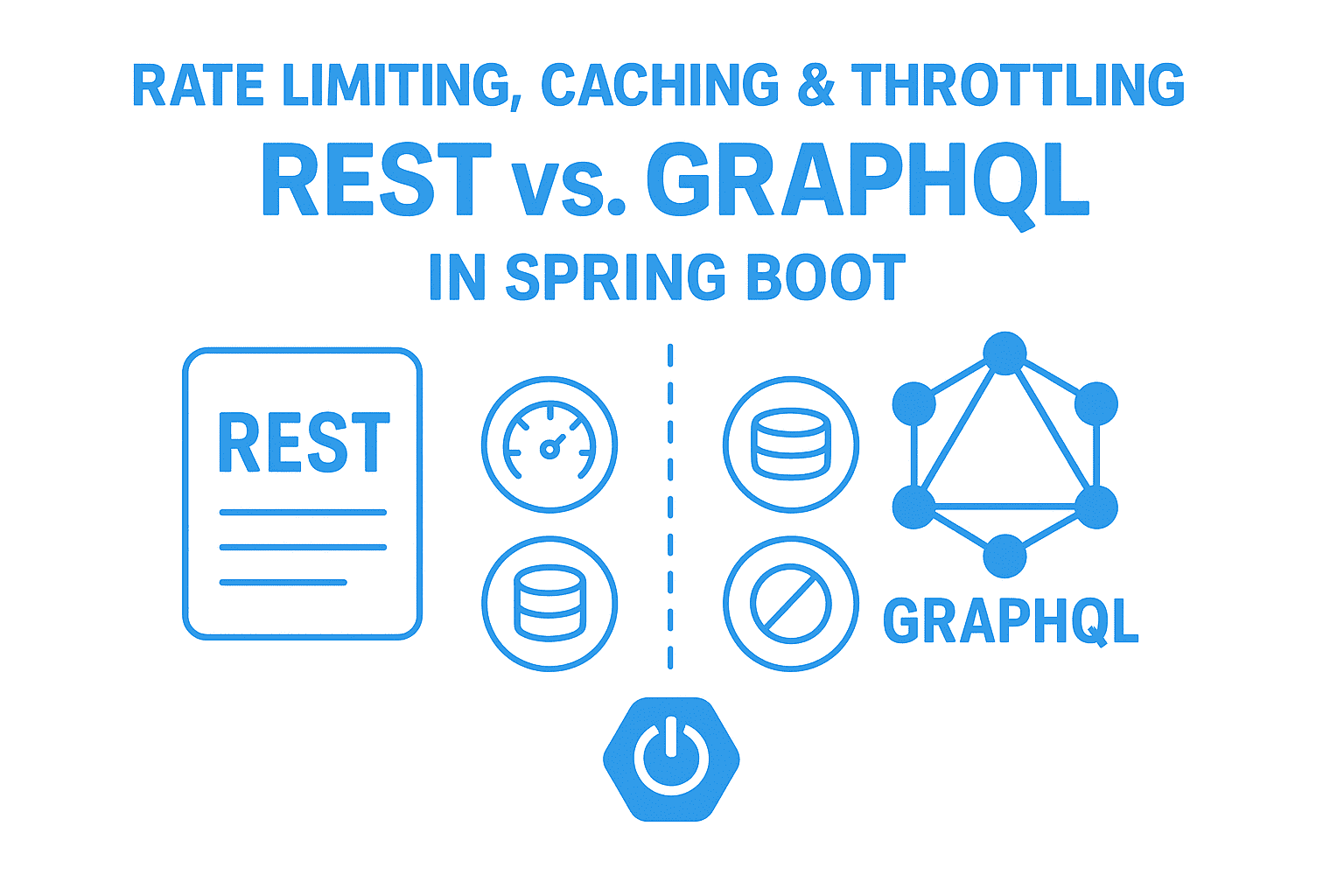The rise of Backend as a Service (BAAS) has revolutionized how developers build applications. Instead of managing servers, databases, and APIs manually, BAAS platforms like Firebase and Supabase provide pre-built backend infrastructure—allowing developers to focus on front-end features, user experience, and core functionality. In this article, we’ll explore what BAAS is, how it works, and compare two of the most popular platforms: Firebase (Google’s established BAAS) and Supabase (a modern, open-source alternative).
What is Backend as a Service (BAAS)?
BAAS abstracts the complexity of backend development, offering tools like:
- Real-time databases for syncing data across devices.
- Authentication systems (OAuth, email/password, etc.).
- Cloud storage and file hosting.
- API gateways for third-party integrations.
- Analytics and monitoring tools.
This model accelerates development, reduces infrastructure costs, and enables scalability. It’s ideal for startups, hobbyists, and teams looking to launch minimum viable products (MVPs) quickly.
Firebase: Google’s Veteran BAAS
Firebase, launched in 2011 by Firebase Inc. (acquired by Google in 2014), is one of the most mature BAAS platforms. It’s designed for real-time applications, social features, and scalable backend infrastructure.
Key Features of Firebase:
-
Real-time Database & Cloud Firestore:
- Firebase Realtime Database (NoSQL) and Cloud Firestore (document-based NoSQL) enable real-time data syncing.
- Ideal for chat apps, collaborative tools, and live dashboards.
-
Authentication & Security Rules:
- Built-in support for email/password, OAuth (Google, Facebook), and custom authentication.
- Security rules allow granular control over data access.
-
Hosting & Cloud Functions:
- Firebase Hosting provides fast, secure static site hosting.
- Cloud Functions let developers run backend code in response to events (e.g., form submissions).
-
Cloud Storage & Analytics:
- Cloud Storage for file uploads (images, videos).
- Built-in analytics tools to track user behavior.
-
Real-time Collaboration Tools:
- Firebase’s
onUpdateandonCreatelisteners make it easy to build collaborative apps like whiteboards or project management tools.
- Firebase’s
Pros of Firebase:
- Mature ecosystem with extensive documentation and community support.
- No-code tools for rapid prototyping (e.g., Firebase Console).
- Real-time features are a core strength.
Cons of Firebase:
- Limited customization: Deep integration with Google Cloud services can feel restrictive.
- Higher costs for heavy usage (e.g., Firestore at $0.15 per 1 million reads).
- Steep learning curve for developers unfamiliar with NoSQL and Google Cloud tools.
Supabase: The Open-Source BAAS Challenger
Supabase, launched in 2021, positions itself as a modern alternative to Firebase. It’s built on PostgreSQL (a relational database) and offers a free tier with generous limits, making it appealing to indie developers and startups.
Key Features of Supabase:
-
PostgreSQL Database with Real-Time Support:
- Supabase uses PostgreSQL, offering SQL-based queries and relational data modeling.
- Real-time features are built on top of PostgreSQL using PostgreSQL’s
LISTEN/NOTIFYcapability.
-
Open-Source Flexibility:
- Supabase is open-source, allowing developers to self-host or use its hosted version.
- Full access to source code and no vendor lock-in (unless you use their hosted plans).
-
API Gateway & Auth:
- Supabase provides RESTful and GraphQL APIs for data access.
- Authentication supports OAuth, email/password, and API keys (customizable).
-
Edge Functions & Vector Search:
- Edge Functions let developers run serverless code at the edge of Supabase’s network.
- Vector search (for AI/ML use cases) is built on PostgreSQL extensions like pgvector.
-
Developer-Friendly Tools:
- A dashboard for managing databases, APIs, and auth rules.
- Pre-built templates for common app types (e.g., todo apps, dashboards).
Pros of Supabase:
- Open-source and highly customizable.
- PostgreSQL flexibility for complex queries and relationships.
- Lower cost for heavy usage (e.g., $0 per user up to 10K monthly).
- Modern, developer-centric tools with a growing community.
Cons of Supabase:
- Newer platform: Less mature than Firebase, with a smaller ecosystem.
- Learning curve for PostgreSQL and Supabase’s API conventions.
- No real-time database equivalent to Firebase Realtime Database (though it’s close).
Firebase vs. Supabase: A Head-to-Head Comparison
| Feature | Firebase | Supabase |
|---|---|---|
| Database Type | NoSQL (Realtime DB, Firestore) | SQL (PostgreSQL with real-time support) |
| Real-Time Features | Native, event-driven | Built on PostgreSQL’s LISTEN/NOTIFY |
| Pricing | Free tier with limits; higher costs for scale | Free tier with generous limits; lower costs |
| Open Source | No (proprietary) | Yes (hosted and self-hosted options) |
| Ease of Use | Simple, no-code tools | More code-focused (requires some SQL) |
| Use Cases | Real-time apps, social features | Data-heavy apps, relational data modeling |
| Community & Support | Large, mature community | Growing community with active development |
When to Choose Firebase or Supabase
| Use Case | Firebase | Supabase |
|---|---|---|
| Real-time collaboration apps | Best choice (Firebase Realtime DB) | Close competitor with PostgreSQL |
| Data-heavy applications | May struggle with complex queries | SQL-based, ideal for relational data |
| Budget-Conscious Projects | Costs increase with scale | Lower costs and free tier |
| Open-Source Preference | No | Yes |
Final Thoughts: Which BAAS Should You Use?
-
Choose Firebase if you need a fully managed, no-code backend with real-time capabilities, especially for social or collaborative apps. Firebase’s mature ecosystem and Google Cloud integration make it a safe bet for teams relying on established tools.
-
Choose Supabase if you prioritize open-source flexibility, need a relational database, or want to avoid vendor lock-in. Its PostgreSQL foundation and cost-effective pricing make it ideal for developers building data-driven applications or experimenting with open-source tools.
Ultimately, the decision depends on your project’s requirements: Firebase for speed and simplicity, and Supabase for customization and cost efficiency. As BAAS continues to evolve, platforms like these will remain essential in enabling developers to build faster, smarter apps.
🚀 Let’s build something amazing! If you have a project in mind or need help with your next design system, feel free to reach out.
📧 Email: safi.abdulkader@gmail.com | 💻 LinkedIn: @abdulkader-safi | 📱 Instagram: @abdulkader.safi | 🏢 DSRPT
Drop me a line, I’m always happy to collaborate! 🚀



